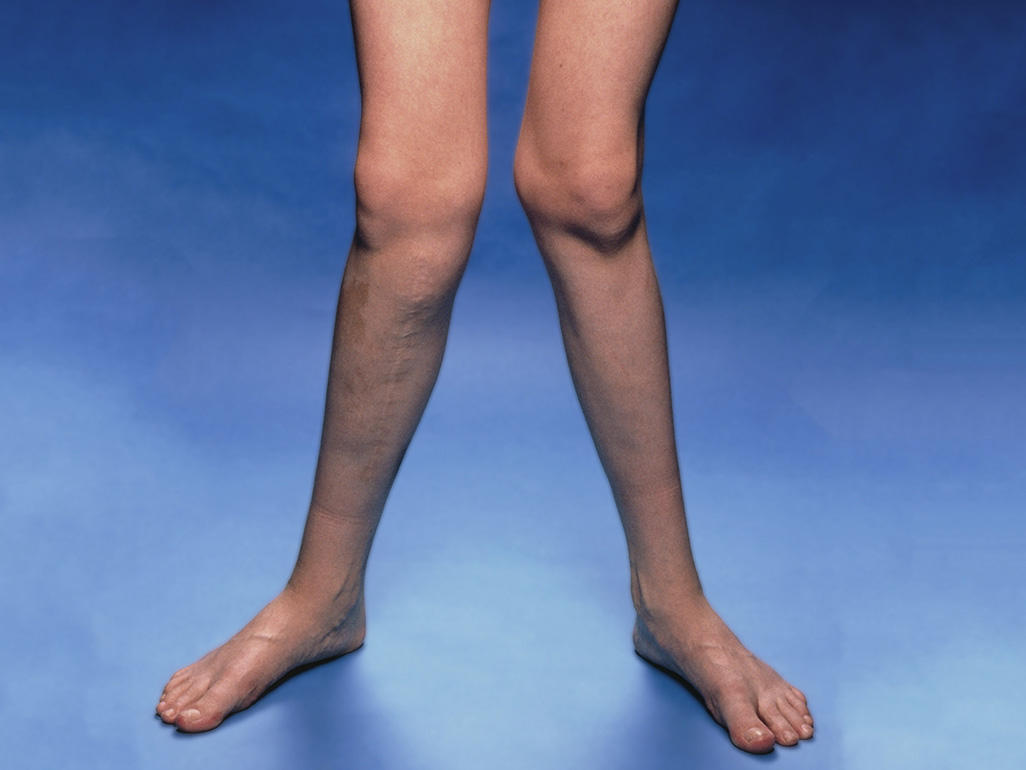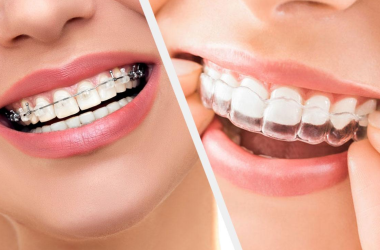Knock knees are a condition that causes your knee cap to rub against your thigh when you walk, resulting in discomfort and pain. In addition, if you have knocked knees, the affected limb may feel heavy. These symptoms can result from a variety of conditions, including flat feet, arthritis, and nerve damage. However, there are several ways to manage knock knees which you can find on this blog today. In addition, if you experience frequent headaches or an unsteady gait, these could be additional symptoms of knocked knees.

When you are knock-kneed in the morning and find it hard to stand upright without assistance, one of the best things you can do is knock some knees in the opposite direction. There are various causes of knock knees, though they are often related to an underlying muscle, ligament, or tendon injury. There are two common types of knock knees, retrograde and antegrade. Here are three ways for knock knee correction without surgery which will help you not to face any pain while correcting your knock knees.
- Knock Your Knees on Both Sides of Your Body Before Toe-Touches or Squats
- The first way to cure knock knees is by knocking your knees on both sides of your body before doing toe-touches, squatting, or lunging. When you knock your knees, they should be one-footed. This way, the body’s weight is distributed evenly, which will help accelerate blood circulation, thereby resulting in faster healing of your muscles and ligaments. When you do a toe touch, you are performing a single-leg extension.
- This exercise will strengthen the outside ligaments of your Knee joint, which holds the knee cap in place. You can also cure knock knees by performing squats. Squatting will strengthen the thigh muscles, which support your knee cap and prevent it from knocking into your thighs. Do this exercise before squatting or lunging since you will be working similar sets of muscles.
- Perform Brisk Walks While Standing on One Knee
- You may feel a more incredible urge to kick while walking if you are knock-kneed. When this occurs, place one foot on the ground and perform brisk walks while standing on one Knee. The reason that rapid bouts of walking work to cure knock knees are because the muscle fibers in your legs are working at a high rate of speed.
- Since they are working so quickly, they can’t stay focused on the task at hand, and your knee cap will shift position, causing little bumps. Remember, you should do your entire workout with only one leg at a time, so make sure that you breathe properly and build up your muscles when trying to cure knock knees.
- Stretch Your Lower Leg Muscles
- Before exercising, an excellent warm-up regimen is the best way to strengthen your knees and knock out any accompanying pain. An easy way to stretch your lower leg muscles is to stand on one foot and hold the other in front of you. If you consider it this way, you can see the change in your knock knees without much pain or trouble. You can also perform wall sits, which will strengthen both legs.
- When stretching your lower leg muscles, you should make sure that you are doing so without locking your Knee. If your knee locks, it causes strain and can lead to severe injuries in the future. Another great way to help cure knock knees before working out is by doing wall sits with your rear end slightly touching the wall and then leaning forward so that your back is facing the wall.

Knees are the anatomical structures of connective tissue that connect to the other bones, ligaments, and muscles of the body. Knock knees (also known as knock-knee) are a condition where your knee cap rubs against your thigh when you walk. When your knee cap rubs against your thigh, ligaments and tendons can be damaged. Knee art is a soft metal disc that fits over the knee cap while you sleep. It is used for compression and support. The knee cap is a bony oval that fits against the femur bone in the thigh. The end of your femur bone, also called the knee cap, rests on the tibia bone that runs along your shin. The knee cap protects your lower leg from blunt trauma and other injuries.





